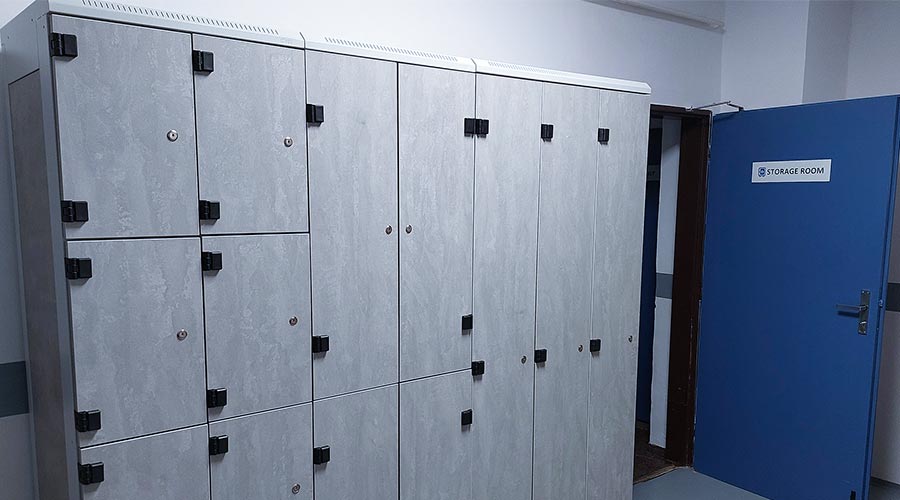Although, Coolhousing does not and does not intend to register or pre-sell domains, domain DNS records setting often closely relates to various hosting services. We have completed these brief instructions on domain DNS records configuration for those customers who wish to learn more about transferring domain names into real server addresses.
How does DNS work and what is it good for?
The IT world is based on numbers. All the activities completed by computers are basically more or less complicated calculations. Computers connected through the Internet use numerical addresses for their mutual communication as well. However, these so-called IP addresses are difficult for people to remember. They are long chains of numbers (for example, 232.147.250.123), and modern times with IP version 6 protocols have brought additional chains of numbers and even letters (for example 2A01:05B0:C001:0106:000B:0000:0000:0000).
Would you say that you do not usually enter such an address into your web browser? You are right. To avoid the need to memorise non-memorable IP addresses, we use so-called domain names, domains in short. These domains are, for example, coolhousing.net, google.cz, etc.
Once you enter www.coolhousing.net into your browser, your computer must first “translate” this domain name to the corresponding IP address. Your computer does this by connecting to a known DNS server whose database says that the IP address for this domain is 87.236.192.14, and the server sends it back to your computer. Only at this moment will your computer use this IP address to connect to our server, which will provide it with our website contents available at the www.coolhousing.net domain.

01 When attempting to connect to a domain name server, your computer requests a corresponding IP address from a DNS server and then connects to it.
The IP addresses of all the existing domains are stored at DNS (domain name server) servers. Every computer connected to the Internet knows the IP address of a DNS server which has inquired about individual domains. And vice versa, every domain has its assigned DNS server, which spreads information on this domain among the other DNS servers across the whole planet.
Domain orders
We divide domains into so-called orders. Orders are separated by dots in domain names and are counted from the right.
The first order includes so-called TLD domains; therefore, top-level domains. The TLD include so-called generic domains (.com, .info, .org, .xxx, .name and many others), and so-called geographical domains that include the individual countries of the world plus some other territories (for example, .cz, .eu, .ug, etc). You may find a detailed listing of first-order valid domains on the site of the Internet Assigned Numbers Authority (IANA), which provides worldwide IP assignment supervision, top level domain administration (root DNS zone administration), and other Internet protocol requirements.
Commonly registered domains are so-called second-order domains. For example, the word coolhousing in the coolhousing.net domain name is a second-order domain. While creating a second-order domain with your registrar, you may only use lower case English alphabet characters, numbers and hyphens; however, hyphens must not be the first or last character of your selected name, and the name must not feature more than 63 characters.
Well, let us proceed to the third-order domains. If we use a variant with www; therefore, www.coolhousing.net, we attached a third-order www domain to the coolhousing(.net) second-order domain. A third-order domain must also only feature lower case English alphabet characters, numbers and hyphens; however, hyphens must not be the first or last character of your selected name. You must additionally watch the length of your whole name, as it cannot exceed 255 characters.
Author: Jirka Dvořák




